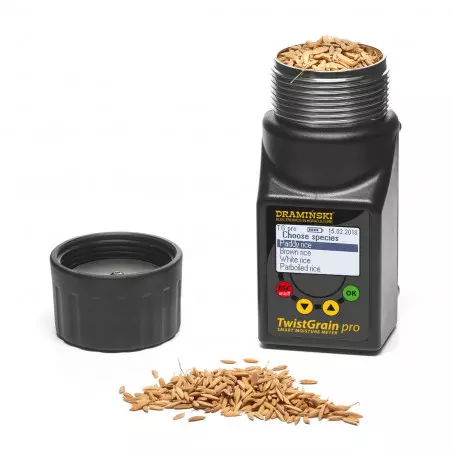The International Grains Council published its first full set of total grains supply and demand projections for 2022/23, which are especially tentative given the conflict in the Black Sea region. Despite larger carry-in stocks, world grains supply (production plus opening stocks) is forecast to contract slightly on a comparatively steeper drop in output, placed almost 1% lower year-on-year, at 2,275m t. While consumption growth is forecast to be slower than average, end-season inventories are seen sharply down.
In 2022/23, a projected 13m t drop in total grains production includes reductions for maize (-13m), sorghum (-2m) and wheat (-1m), but with anticipated gains for barley (+2m) and oats (+2m). Despite forecasts for slower than average growth in feed and food uses, tied to potentially high prices and resulting demand rationing, world consumption is expected to edge to a new peak. At 581m t at the end of 2022/23, global stocks are projected to be 26m lower year-on-year, mainly on tightening in maize and wheat. Global trade is seen declining for a second year in a row, down 2%, to 407m t.

For soyabeans, 2022/23 global production is projected at a peak of 383m t, up 10% year-on-year, with gains in consumption and stocks anticipated. Assuming ample and attractively priced availabilities, trade could expand by 7% year-on-year.
The 2022/23 global rice outturn is projected 1% larger year-on-year on potentially bigger harvests in key exporters. Population growth should underpin expanded uptake, while stocks could build further on gains in India. Trade in 2023 is seen remaining historically high.
April 21, 2022/ International Grains Council.
https://www.igc.int







